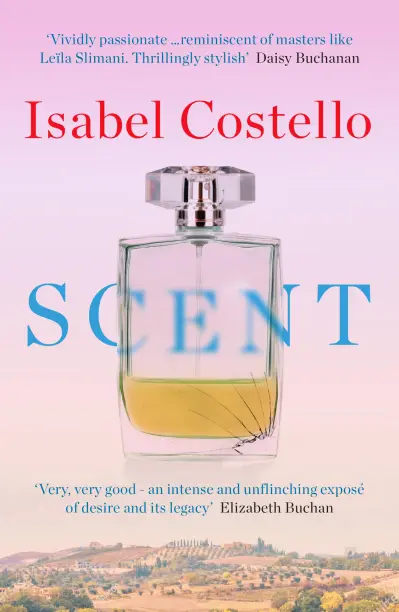I recently spent some time on the coast in Dorset, but I’ve been thinking about the sea for weeks, since reading The Devil’s Music by Jane Rusbridge. When you read a lot (and I’m up to 46 novels so far this year), even good books fade and blur in the memory, but a month after reading this novel there is no danger of me confusing it with any other.
An illustrated glossary of knots is an unusual way to begin. The three narrative voices, of Andy the young boy, Andrew the adult and his mother Helen, are each identified in the text by a particular knot. Jane Rusbridge’s creative use of knots is extraordinary; not just as a narrative device, or a source of imagery and symbolism, although they are all of those – knots are part of the story itself. They give the novel a very pleasing integrity of structure, texture and story.
The Devil’s Music is the story of a family struggling with the practical and emotional dilemma of what to do about Elaine, the youngest child born ‘mentally deficient,’ destined to remain a baby for ever. Andy, the eldest, has a special bond with her and holds himself responsible for her fate. Helen’s account is written in the rare second person singular (It begins:‘You are empty, brittle as a shell’) which can sometimes disorient readers due to its unfamiliarity, but in this book it worked for me in the sense that I found it so intimate as to be barely noticeable. I felt I was hearing it in the first person, and yet it definitely added something. I had a strong reaction to Helen herself, a complex character who invites both great sympathy and uncomfortable judgement.
This is a sad book, sometimes painfully so, but it is poignant rather than depressing. At the home of his rope-maker grandfather the young Andy has a refuge from his mother’s grief and his father’s brutal coldness, and the skills he learns are one of the very few constants in his disconnected life. Another is guilt. 30 years on, Andrew returns to the place by the sea where he is tormented by memories of an awful event. Intertwining his child and adult stories gives them huge emotional power. I really felt his isolation, his inability to take comfort in any of the grounding routines of normal life, not even sleeping and eating. The scars of his childhood haven’t healed.
In both her characterisation and her exceptionally vivid evocation of place, Jane Rusbridge demonstrates something I admire in authors – the ability to write beautifully about things that are dark and ugly. Andrew’s temporary stay in the old railway carriage that was his childhood beach house is a fittingly strange and atmospheric location for his liaison with the equally non-conformist tango-dancing sculptor, Sarah. After my recent review of The Slap it would be unforgiveable not to mention this author’s boldness and skill when writing about sex (and from a male point of view!) in a way that is more than implied but stops short of being too explicit.
In terms of what didn’t work for me, there was very little. Without giving spoilers, one detail of Helen’s story seemed unnecessary and, more significantly, I felt a development towards the end of the novel was a burden too far for Andrew and that the point had already been made. There is a well-executed twist and at the very end, there’s hope where there could never be a happy ending, and I was glad of that.
It’s a shame we have to put genre labels on books,although I understand the need for it. ‘Accessible literary fiction’ is a new one which keeps cropping up and it’s been applied to The Devil’s Music. Although it’s an awkward term, it would be great if it signals a departure from the curious notion that really good writing can only be found in ‘literary’ fiction, and compelling storytelling and characters in ‘commercial’ fiction. There are many amazing writers out there who deliver on both counts. Jane Rusbridge is definitely one of them.
Cover photograph © Natalie Miller



great review, and very interesting for me to read because I also read (and reviewed) this novel myself quite recently. Like you, I have found that the book has stayed with me. I loved the attention to detail and totally agree with you about the evocation of the sense of place, and the use of the second person works so well here – I don;t think I’ve ever seem it done so well before, Definitely in my top 5 this year (I’m only up to 30 so far – you put me to shame!)
Posted by susan elliot wright | November 6, 2011, 13:28Thanks Susan, yes, isn’t it a beautiful book? Every so often, something I read really touches me. The last one that comes to mind is Let the Great World Spin by Colm McCann which I recommend if you haven’t read it. Particularly interesting for me as set in NYC in the 70s, and I read it when I was in Brooklyn this Easter researching my novel. The complete experience !
Re second person, I haven’t often seen it done at length but I agree with you. A very interesting book although completely different is Then We Came To The End by Joshua Ferris written entirely in the second person plural – and it works (well I think it does.)
Last year ‘only’ read 38 books (first year of keeping a record). I put this year’s mega total down to Kindle, which lets me read even faster !!
Posted by Isabel Costello | November 6, 2011, 16:44